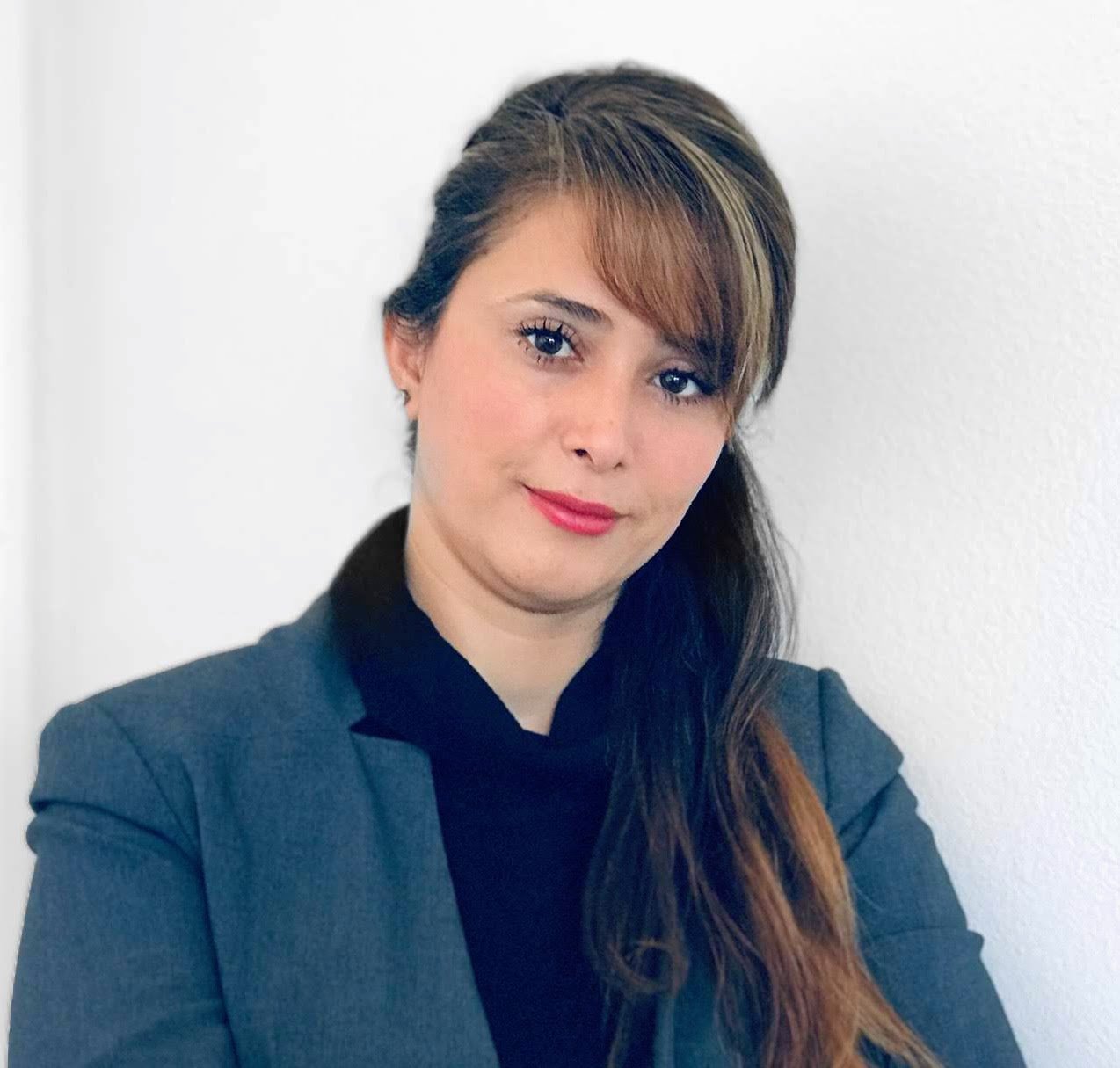The unarmed Iranian population has been rising up against religious dictatorship in Iran, chanting “women, life, freedom,” and in doing so shaking the very pillars of the state that has ruled through patriarchy, terror, and tyranny.
The response to the protestors’ demands for justice has been bullets, arrests, tortures, and televised confessions but those have only fueled the uprising. The state’s attempts at looking powerful have only exposed their vulnerability against millions and millions of dissidents who now have little to lose, little to fear.
Admittedly, crackdowns affect individuals and families, small and large communities. The pain and trauma they endure may affect generations to come. I am a child of revolution and war myself and carry the chaos and suffering in my bones. And yet, the need for justice endlessly manifests itself in new individuals and groups, in new generations. Retired and exhausted groups pass on the torch to fresh souls who are willing to embody the need for equality. That’s how movements transcend.
The heart of the current movement has been the Kurdish slogan woman, life, freedom, jin, Jiyan, Azadi. It’s been chanted in Iran every day and had gained regional and global amplifications, parallel in its power to the French Revolution slogan of Liberte, Egalite, Fraternite, minus the patriarchal implications.
The two parallel movements of Iranian and Kurdish women’s century-long struggle for equality merged this year and the unity that the Iranian population was starved for finally nourished them.
It was in September of this year when the 22-year-old woman, Jina Amini, officially known as Mahsa, was tragically killed in police custody, because of showing a few strands of hair. She was traveling in Tehran with her family, perhaps hoping to enjoy a museum, a play, or a shopping mall. She was detained for “improper hijab,” which means her body and hair were covered but not exactly to the extent that some old male clergy had envisioned. Ever since her death, three groups in Iranian society have been outraged and taken to the streets. She represented all three, the youth, the Kurds, and the women.
The protests started at her funeral in the ostracized Kurdish region, where her mother cried and called out her name, Jina, where the population attending her funeral chanted jin, jiyan, azadi. Women, life, freedom. Her name, Jina, which is erased due to ethnic discrimination, has the same roots as both the words woman, jin and life, jiyan. Jina meant the giver of life and she gave life, even in death.
September 19 wasn’t the first time that Kurds rose up against the government. In fact, Kurds are the only groups who have resisted the Islamic Republic since its inception in 1979. At the time, when the IRI attacked Kurdish towns, looted their stores, and killed fathers before the wide eyes of their children, the rest of Iran remained silent. They failed to see that “injustice anywhere is a threat to justice everywhere.”
The young men today chanting women, life, freedom, chanting in support of Kurds and other minorities carry a heavy burden. They’re making up for what their fathers and grandfathers failed to do. This fall, they’ve been cutting their hair in support of women. They’ve been setting up bonfires into which women ceremoniously toss their imposed headscarves, showing with action, with flames, that the rule of theocracy and its ensuing divisiveness and misogyny is no longer tolerated.
Women have been burning head scarves because they’re the reason millions of us have been harassed and humiliated, including me. At age seven they hide our bodies and tell us to be quiet, to be inconspicuous because clergies said so. I felt, at a young age, that there was something fundamentally sinful and shameful about my body and voice.
I’m not alone in that. The mandatory hijab has negatively affected millions of girls and women but our struggle is not about headscarves. Headscarves have a long and complicated history in Iran. Over the years, they have represented contradictory ideas: both backwardness and progressiveness; both misogyny and anti-colonialism; both subversion and subservience. Over the last century, they have been both wholly banned and wholly mandated. Ultimately, the hijab doesn’t mean much in itself; it’s the wearer who imbues it with meaning.
Today, by burning their headscarves, Iranian women are providing meaning: They are demanding freedom and equality and their struggle started over a century ago, in 1910, in the Constitutional Revolution era. In 1930, 14 magazines spoke about the rights of women and by 1970 women in Iran had gained some freedom of education and occupation.
The pendulum swang, like it always does in human history. In 1979 when the Islamists usurped power, women who had been judges and pilots were suddenly deemed disqualified. Because of their gender. Misogyny was justified in the name of religion and the law officially denied women the right to have any control over their lives, in choosing what to wear, who to marry, where to work, where to travel, and even the right to the custody of their own flesh and blood. Their children belonged to men, and so did other aspects of their lives.
In 1980, before all those laws were fully passed, women staged a large-scale protest in Tehran on March 8th, international women’s day. The men, however, failed to support them. They failed to see that injustice to women was an indirect threat to them. They failed to see how rulers were establishing power by subjugating the female body and how that would be extended to male bodies too. The silver lining is that despite all of that Iranian women make up more than 60 percent of college graduates and education is power.
Sometimes, it’s wrongly claimed that feminism is a western phenomenon and not a deep-seated human desire. That can’t be farther from the truth. In the case of Kurdish women, Western travel writers were amazed that under the Ottoman Empire, Kurds were the only people who’d allow women to be rulers and governors. Westerners were stunned by how outspoken Kurdish women were, and how they dressed in vibrant colors and worked comfortably alongside men.
The story of Kurds is long and painful. After WWI, the allies signed the Treaty of Sevres, promising the Kurds their lands and yet they broke it in the Treaty of Lausanne and divided Kurdistan into four parts. A decision made over a hundred years ago--by people who saw Kurds as spoils of war and not as humans--has caused inexplicable suffering for this group, from the most brutal acts of genocide in Turkey and Iraq to the more subtle but equally devastating cultural genocide in Iran and Syria.
Nonetheless, Kurdish women, just like their Persian neighbors, have struggled for equality. The first official Kurdish women's organization was established in 1919 in Istanbul. The slogan of women, life, freedom was first chanted by Kurdish women in Syria in 2008. It was coined by Abdullah Ocalan, a jailed Kurdish leader in Turkey, who declared in 1999 that a country won’t be free until women are. The insight of this influential leader completely reshaped the Kurdish resistance movement that formerly put women’s rights on the back burner.
Within the context of Iranian Kurdistan powerful women have called for other women’s education. Adeleh Khatun of the Ardalan family, in present-day Sanandaj, married Osman Pasha of Halabja, instituted a court of justice, and became its president. Up to her death in 1924 she exercised her influence.
The second-ever official organization for Kurdish women was established in Iran during the Mahabad Republic. The Women’s Party Hizbi Jenan started its activity then, encouraging women to participate in public life. Chapter 4, Article 21 of the constitution stated that “In all political, economic and social affairs women should enjoy equal rights with men.” Two out of the 16 leaders who spoke on 18 January 1946 were women. Their names were Khajijay Sediqi and Ismat Qazi, and both called for women’s empowerment.
These two movements, Kurdish and Iranian overlap within the border of Iran where the women, though heavily oppressed, are also inspired by the successes of both movements. This year, these two seemingly independent movements joined forces and that’s how the slogan women, life, freedom started to shatter the foundations of dictatorship in Iran and neighboring countries. This is how people win: by appreciating and supporting parallel movements.
From now on, the path to Iran’s true freedom will go through women and Kurds. A population that can bring to center the disenfranchised groups shows that it’s ready for democracy. Women and Kurds have seen the most brutal face of the Islamic Republic, they have felt the most suffocation, have suffered the most horror, and are therefore the strongest, bravest group. They are the closest to the problem and know its solution.
In the past week, men and women in Kurdish cities have shown the most remarkable resistance against state terror and have received the most brutal crackdowns. A large convoy of armed vehicles, loaded with IRGC troops have entered the Kurdistan region. They have raided homes and directly shot at protestors, killing at least 42 since November 15 alone.
What the rest of Iran needs to do is to shed old fears and prejudices and allow these two groups to lead, allow them to inspire, and transform the people. That inner shift in the population will manifest itself by selecting a just government. But if women and minorities are used and erased again, through the power-grabbing of a few fed by the short-sightedness of the majority, Iran will only be changing religious dictatorship with a secular one.
Contributor’s Notes
Ava Homa is the award-winning author of the novel Daughters of Smoke and Fire, a story of courage and rebellion against oppression in Iran. She’s an activist and journalist with bylines in the Globe and Mail, BBC, New Statesman, Literary Hub, Toronto Star, and more. You can contact her through her website www.AvaHoma.com.





